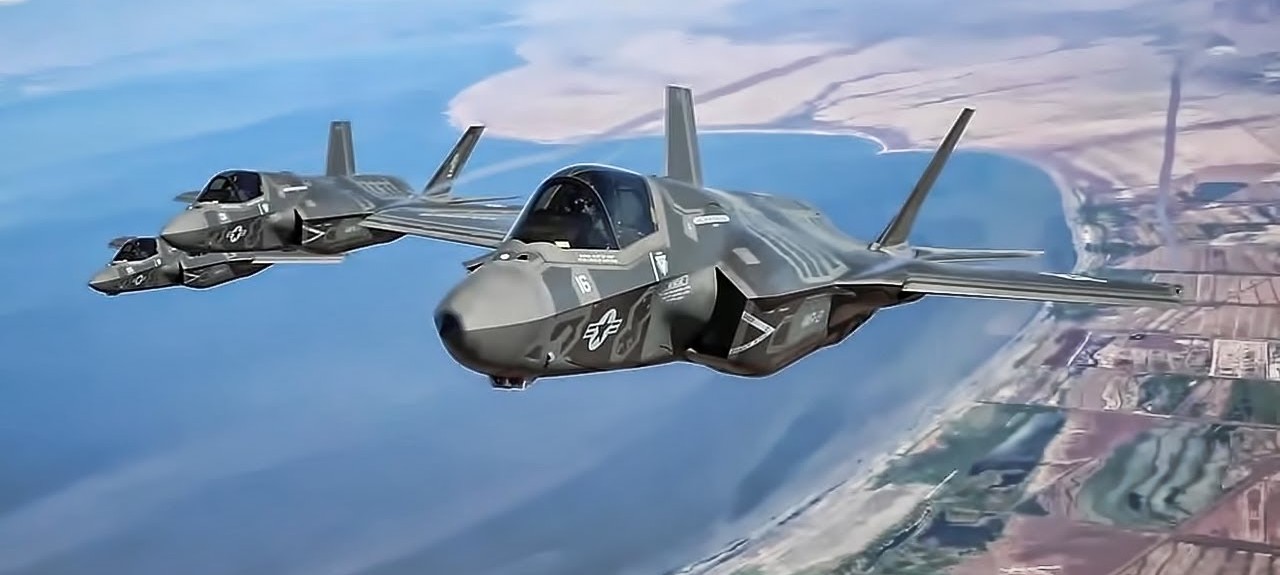One of the biggest draws of the F-35 Joint Strike Fighter is its versatility. The apex of aircraft technology, the ‘multirole’ F-35 is theoretically capable of being used by the U.S. Air Force, Marine Corps, Navy and foreign armies. A one-size-fits-all jet to rule the skies. The universal remote of airplanes.
Except it’s not universal. Instead of developing the best, multirole aircraft, the U.S. military actually as three different planes on its hands.
At first, Lockheed Martin set out to create one jet to rule them all. Then it made three variants of the plane–the Air Force’s F-35A, the Marine Corps’ F-35B and the Navy’s F-35C–to better fit the needs of each service. The models were slightly different, but at the end of the day they were basically the same plane.
But as the F-35 remained trapped in development, the small variations between each model widened into full-blown canyons. It’s gotten to the point that even top military officials admit that the planes aren’t very ‘joint’ anymore.
Lt. Gen. James Holmes, USAF’s chief planner, told reporters after last month’s budget rollout that while USAF and Navy will strive to use “common technologies” on their next fighters, the missions will differ enough that “it won’t be the same airplane.”
Originally, engineers were shooting for 70 percent in common. At an event last month, however, Holmes and Lt. Gen. Christopher Bogden explained that the F-35 models only share 20-25 percent of their designs and capabilities in common. The F-35A is a 9G airplane that costs $98 million per unit. The F-35B can perform a vertical takeoff and costs $104 million per unity. The F-35C, designed with larger folding wings, costs $116 million per unit.
What does each F-35 Joint Strike Fighter model have in common?





































